When you think of Machu Picchu, chances are the majestic Inca ruins come to mind first—and with good reason. But did you know that an incredibly diverse natural world also surrounds this ancient city? Machu Picchu is home to an amazing variety of plants and animals thriving, from cloud forests to high mountain peaks. You'll come across exotic plants, curious insects, colorful birds, and maybe even a spectacled bear.
If you're a nature lover—or just someone who appreciates the beauty of the world around you—there's so much more here waiting to be discovered. Let’s take a closer look at the plants and animals of Machu Picchu and explore everything this magical place has to offer beyond the ruins.
Machu Picchu Historic Sanctuary: Nature and World Heritage
The Machu Picchu Historic Sanctuary was established in 1981 to protect not only its ancient ruins but also its natural environment. In 1983, UNESCO declared it both a Cultural and Natural World Heritage Site—recognizing its outstanding biodiversity and archaeological value. Today, it’s considered one of the most biologically diverse places on Earth.
A Unique Ecosystem Full of Life
Covering more than 32,000 hectares, the Machu Picchu Historic Sanctuary stretches across everything from open grasslands to thick cloud forests. It includes 24 ecological zones and rises from 1,900 meters above sea level all the way to the snowy peak of Mount Salkantay at 6,271 meters. That kind of elevation change creates all sorts of conditions for life to take hold.
Because of this range in altitude and climate, the sanctuary is home to:
- 443 bird species
- 77 types of mammals
- 26 reptiles
- 13 fish
- 12 amphibians
- 123 kinds of arthropods
- Close to 700 species of butterflies
As for plant life, researchers have recorded more than 2,350 plant species here, many of which grow only in this part of the world. Every trail, slope, and patch of forest reveals more signs of life, making this one of the most biologically diverse areas on the planet.
More Than Ruins: A Refuge for Wildlife
With its cloud forests and rugged peaks, Machu Picchu offers the perfect setting for wildlife to thrive. Thanks to its remote location and conservation efforts, many animals have found a safe home here. This is a place where nature and history exist side by side, and both are equally impressive.
Machu Picchu Animals: The Sanctuary’s Wildlife
Beyond the ruins and mountains, Machu Picchu is a true haven for wildlife. Over 400 bird species live here, including the massive Andean condor, the colorful cock-of-the-rock, and several species of hummingbirds. Among the mammals, you’ll find pumas, spectacled bears, ocelots, and the elusive Andean deer known as taruca. The sanctuary is also home to reptiles, amphibians, freshwater fish, and a remarkable number of butterflies.
On the sanctuary’s slopes, you might spot monkeys like capuchins, squirrel monkeys, and spider monkeys, while otters are sometimes seen in the rivers nearby. And of course, right inside the citadel itself, you’ll likely see llamas calmly grazing among the stone terraces—just another part of the landscape here.
Cock-of-the-Rock
Known locally as tunki, the Andean cock-of-the-rock (Rupicola peruviana) is one of the most eye-catching birds in the region—and it’s also Peru’s national bird. The males have bright red-orange plumage with black wings and tail feathers. During mating season, they perform courtship displays, dancing and calling to impress the females. You’ll find them deep in the cloud forests, hidden among the dense trees. Females are less flashy, with dark brown and gray coloring that helps them blend into the forest.
Hummingbirds
If you’re near flowers—especially orchids—keep an eye out for hummingbirds darting between them. Machu Picchu and the Sacred Valley are home to several species, including the Giant Hummingbird, which can grow up to 20 cm long. Other notable species include the white-bellied woodstar, the bearded mountaineer (locally known as doctorcito), and the shining sunbeam. Many live between 2,800 and 3,300 meters in the cloud forest, where they feed on nectar and tiny insects.
Quick fact: The sanctuary is home to 9 endemic mammals, 23 endemic birds, 9 reptile species, 7 amphibians, and 4 species of freshwater fish, not including the large variety of butterflies found in the area.
Andean Condor
With a wingspan of over 3 meters, the Andean condor is one of the largest flying birds in the world. It’s a powerful symbol in Andean mythology, representing the upper world (Hanan Pacha) in Inca cosmology. Although sightings are rare due to habitat loss, they can still be spotted soaring over the valleys near Machu Picchu. They play an important role in the ecosystem as scavengers.
Gray-Breasted Mountain Toucan
This striking toucan lives in the cloud forests and helps spread seeds by feeding on fruits and berries. Its colorful bill and soft gray feathers make it easy to recognize if you’re lucky enough to spot one. Though its habitat is under pressure, it still plays a vital role in maintaining the health of the forest here.
Butterflies
Machu Picchu is home to over 700 species of butterflies—both day-flying and nocturnal—many of which are found only in this region. Standouts include the iridescent pearly butterfly and the owl butterfly, named for the large eye-like patterns on its wings. Butterflies not only add color to the landscape; they also are in pollination and are indicators of a healthy ecosystem. If you want to see more up close, check out the Machu Picchu Butterfly House, a local research and conservation center.
Quick fact: In 2021, researcher Juan Grados discovered a new moth species in Machu Picchu, Ochrodota camposorum, raising the number of known species in the area to 366. Discoveries like this show just how much there is still to learn here.
Spectacled Bear
Also called the Andean bear or ukumari, the spectacled bear is the only bear native to South America—and yes, it lives in the forests around Machu Picchu. It’s named for the light-colored markings around its eyes that resemble glasses. These bears are usually shy and hard to spot, but they occasionally appear in the higher parts of the sanctuary or along dense sections of the Inca Trail near Runkurakay, where they forage for fruit and leaves. Seeing one is rare but unforgettable.
Puma
The Andean puma is the region’s top predator and a powerful figure in Inca belief, representing strength and protection. These cats are fast, quiet, and extremely skilled hunters, helping keep populations of smaller animals in balance. Though they tend to avoid humans, their presence is essential to the sanctuary’s food chain—even if most travelers never see them.
Vizcacha
This rabbit-like rodent lives in rocky areas at high altitudes—sometimes up to 5,000 meters. You’ll recognize a vizcacha by its long ears, thick fur, and bushy tail. At Machu Picchu, they’re often seen sunbathing on boulders early in the morning. They feed on grasses like ichu and help spread seeds through the area, quietly playing a role in keeping the ecosystem going.
Andean Deer (Taruca)
The taruca is a type of deer that lives in the high Andes and around the Inca Trail. Its brown fur blends into the rocky, earthy environment, helping it avoid predators. These deer feed on herbs, shoots, and leaves, and like vizcachas, they help disperse seeds. Usually seen alone or in small groups, they’re well adapted to life at high elevations.
Llamas and Alpacas
If you’re in Machu Picchu, you’ll definitely see llamas—and maybe even a few alpacas. These animals have been part of Andean life for centuries. They’re strong, adapted to the cold, and help keep grasslands under control by grazing. Their wool has long been used for traditional Andean textiles, and today, they’re also part of what makes the site feel so alive.
›› Read also: Differences Between Llamas, Alpacas, and Vicuñas
Amphibians and Reptiles
The frogs, snakes, and lizards that live around Machu Picchu play key roles in the ecosystem. Andean frogs are especially sensitive to changes in climate, so their presence often signals a healthy environment. Snakes help control rodent populations, and lizards, often camouflaged against rocks, help keep insect numbers in check. Each of these species contributes to the balance of nature here.
Insects
It’s easy to overlook them, but the insects of Machu Picchu are essential for pollination and forest health. Bright butterflies, beetles, bees, and ants are all part of the daily rhythm of the cloud forest. Some are only found in this region, and many have evolved unique traits to survive in the mountain climate. They're the small workers behind the scenes that help everything stay in balance.
Machu Picchu Plants: A Living Garden in the Andes
Machu Picchu is home to between 2,350 and 3,400 species of plants. In the higher elevations, you’ll find native grasses and shrubs, while the lower zones are filled with trees like alder, pisonay, quishuar, queuña, and Andean cedar. The area is also rich in ferns, palms, and more than 200 species of orchids that bloom year-round. Among the most striking are Puya weberbaueri and tillandsia—both part of the bromeliad family.
Orchids
With over 30 genera and 300 species, Machu Picchu is a paradise for orchid lovers. Many of these are endemic and can’t be found anywhere else. Standouts include the pink Wiñay Wayna orchid, the deep purple Sobralia Dichotoma, and the highly prized Wakanqi, often seen along the Inca Trail.
There’s also Darwin’s orchid, named after Charles Darwin and native to the Andes, the fragrant Cattleya, and the fascinating bee orchid, known for its unique bond with pollinators.
Ferns
Ferns give Machu Picchu a timeless, almost mystical look. Over 300 species have been identified here, growing on tree trunks, in shady forests, and between the stones of ancient trails. Known scientifically as pteridophytes, these plants are especially abundant along the final stretch of the Inca Trail near Wiñay Wayna and Intipunku.
Bromeliads
These tropical plants grow on trees and rocks throughout the sanctuary. Shaped like rosettes, bromeliads capture rain and mist, forming tiny ecosystems where insects and birds find food and shelter. Around 30 species have been documented, with vibrant flowers that attract hummingbirds and play a key role in pollination.
Queuña Tree
The queuña (Polylepis) is one of the highest-growing trees in the world, thriving at altitudes over 4,000 meters. Its peeling, reddish bark helps it survive cold winds and harsh conditions. These trees also help retain water and keep the soil moist—making them essential to the health of high-altitude ecosystems.
Andean Alder
The alder (Alnus acuminata) grows along the humid slopes of Machu Picchu. Local communities have used its wood for generations, and its roots help enrich the soil by fixing nitrogen—making it important for the area’s ecological balance.
Andean Cedar
This tall tree (Cedrela montana) can grow up to 30 meters high. Its valuable wood has led to overharvesting in many regions, but some protected specimens still grow in Machu Picchu. The cedar’s canopy provides shade and shelter for other species, supporting a healthy forest system.
Wild Quinoa
Quinoa (Chenopodium quinoa) is considered a trendy superfood—it’s a resilient Andean plant that’s been cultivated for thousands of years. Though most quinoa is grown in farmland, wild varieties still grow around Machu Picchu. Its protein-rich seeds have fed Andean communities since pre-Inca times.
Ichu Grass
If you’ve ever seen long, golden grass waving in the wind across the mountain slopes, that’s ichu. It’s a hardy grass that feeds llamas, alpacas, and vicuñas—and it also plays a big role in preventing erosion on steep trails and slopes. It might look like nothing special, but without it, the landscape would fall apart much faster.
Puyas
Puyas are spiky, alien-looking plants that grow in the mountains—and when they bloom (which can take decades), they’re hard to miss. Some shoot up flower stalks that can reach ten meters tall, and their flowers attract hummingbirds and bees, which keep the pollination cycle going. They're one of those plants that prove patience pays off in the wild.
›› Check out these places where you can see these plants:
Carnations and Angel’s Trumpets
All along Machu Picchu trails, you’ll find flashes of color from Andean carnations and angel’s trumpets—the latter with big, bell-shaped flowers that hang like lanterns. Brugmansia, or angel’s trumpet, has a long history in Andean rituals, known not just for its look but for its powerful properties. These plants add beauty to the trail, but they also carry centuries of meaning with them.
Why Are the Wildlife and Plants of Machu Picchu So Important?
Every species in the Machu Picchu Historic Sanctuary plays a part in keeping the ecosystem balanced. Birds spread seeds, insects support pollination, and trees hold the soil in place, helping reduce erosion. Taking care of this environment is not only important for the animals and plants that live here—it also supports the nearby communities that rely on it.
Species at Risk: Conservation of Plants and Animals in Machu Picchu
Tourism and shifting weather conditions are causing problems for native species. Trees like the cinchona and many orchids are losing the spaces they need to grow. To help, replanting efforts have started, and visitor flow is now being managed more carefully.
- The cock-of-the-rock: This bright-colored bird, often seen in nearby forests, is at risk due to tree loss and human presence.
- The spectacled bear: The only bear species native to South America. It still roams the Andes, including areas near Machu Picchu, but fewer are seen due to illegal hunting and loss of forest.
- The giant river otter: This animal depends on clean rivers and lakes. Water pollution and hunting have made its survival harder.
Tourism’s Impact on Vegetation: Protection Measures
To reduce harm to native plants, park staff have marked out specific paths to prevent people from stepping off trails or picking flowers. Visitors are also given basic information to help them understand why this matters.
Responsible Tourism: How to Visit Without Harming Nature
Anyone visiting this place can help protect it. A few simple actions can lower your impact and help keep it intact for others.
Conservation Guidelines: Rules to Protect Biodiversity
- Do not take flowers or plants.
- Stay on marked trails.
- Do not feed wild animals (llamas are an exception)
- Respect all access limits.
- Tips for a Sustainable Trip
- Carry a refillable water bottle.
- Choose travel services that avoid waste.
- Bring as little plastic as possible and take your trash with you.
Where to See the Plants and Animals in Machu Picchu?
- Mariposario Machu Picchu
Near Aguas Calientes, this small center allows visitors to observe butterflies and learn about their role in this region.
- Machu Picchu
As you walk through the site, keep your eyes open—orchids, bromeliads, hummingbirds, and vizcachas appear among the terraces and paths.
- Inca Trail
Along this route, you’ll cross through different plant zones filled with orchids, moss, ferns, and birds like the cock-of-the-rock.
- Machu Picchu Botanical Garden
Close to the Manuel Chávez Ballón Site Museum, this garden features native trees like pisonay and queuña, along with several types of orchids.
- Mandor Gardens and Waterfalls
Just a few kilometers from Aguas Calientes, this forest area is home to butterflies, hummingbirds, and night monkeys.
If you want to learn more or see some of these animals for yourself, check out our tours and articles:
This article was translated and adapted into English by Mauricio Huamán.

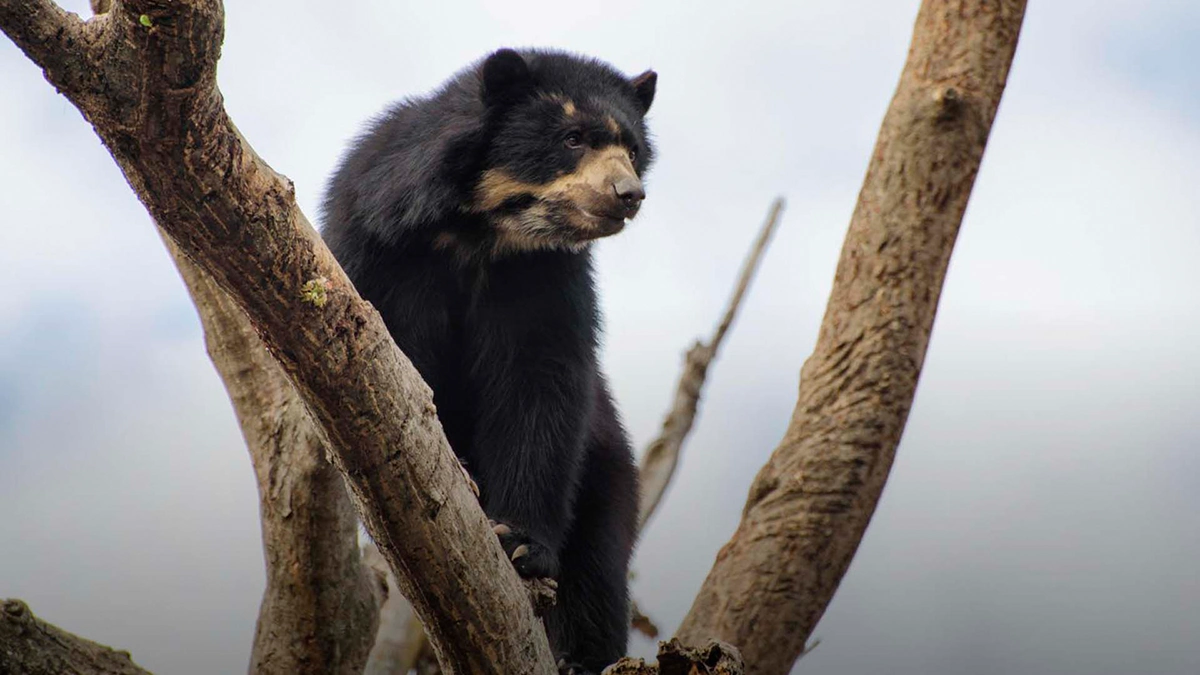
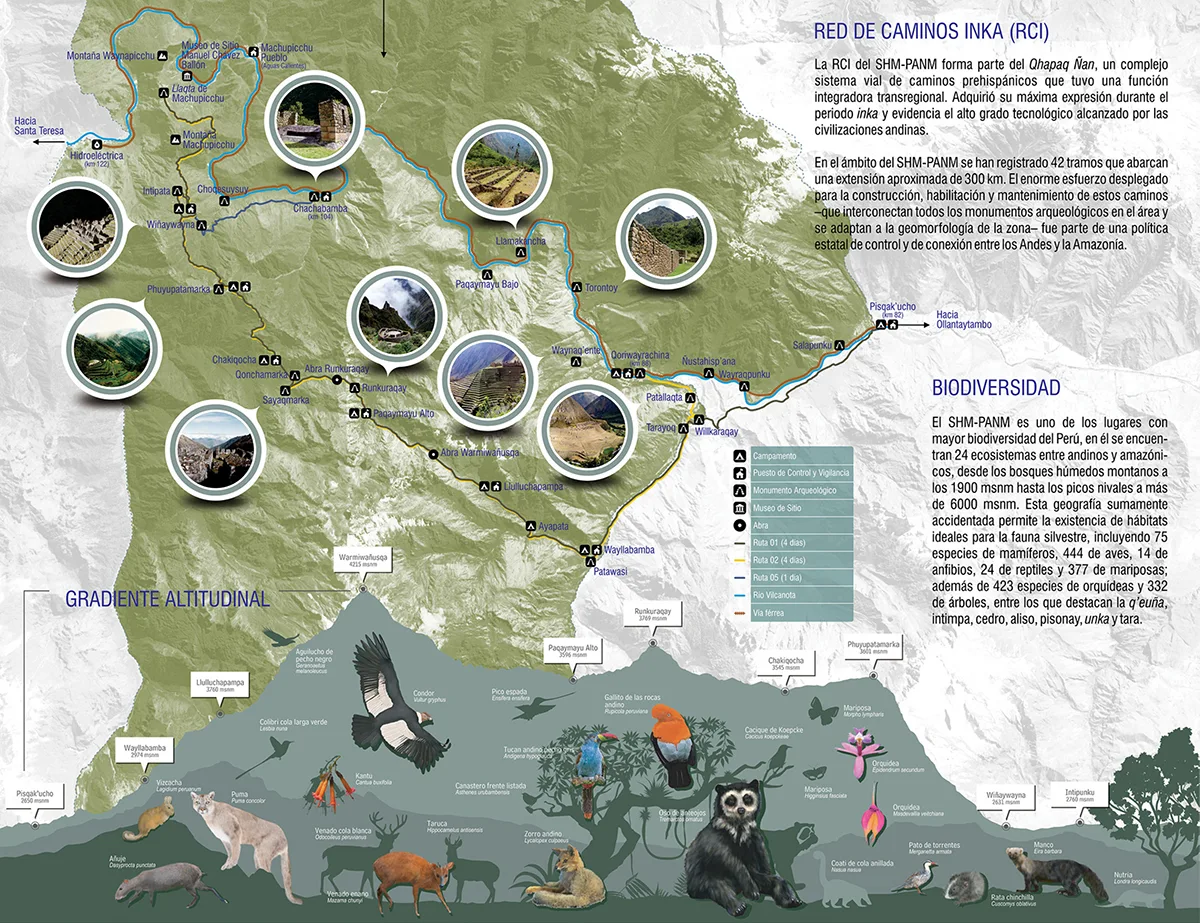
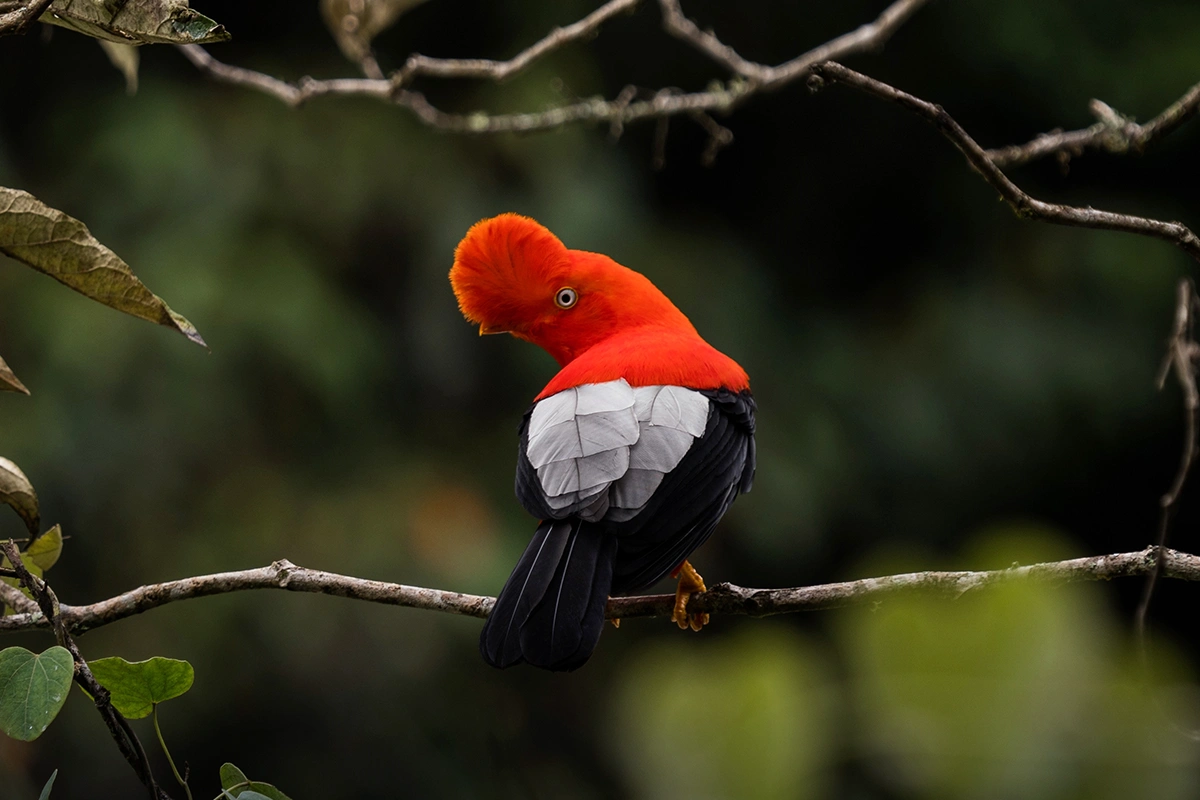
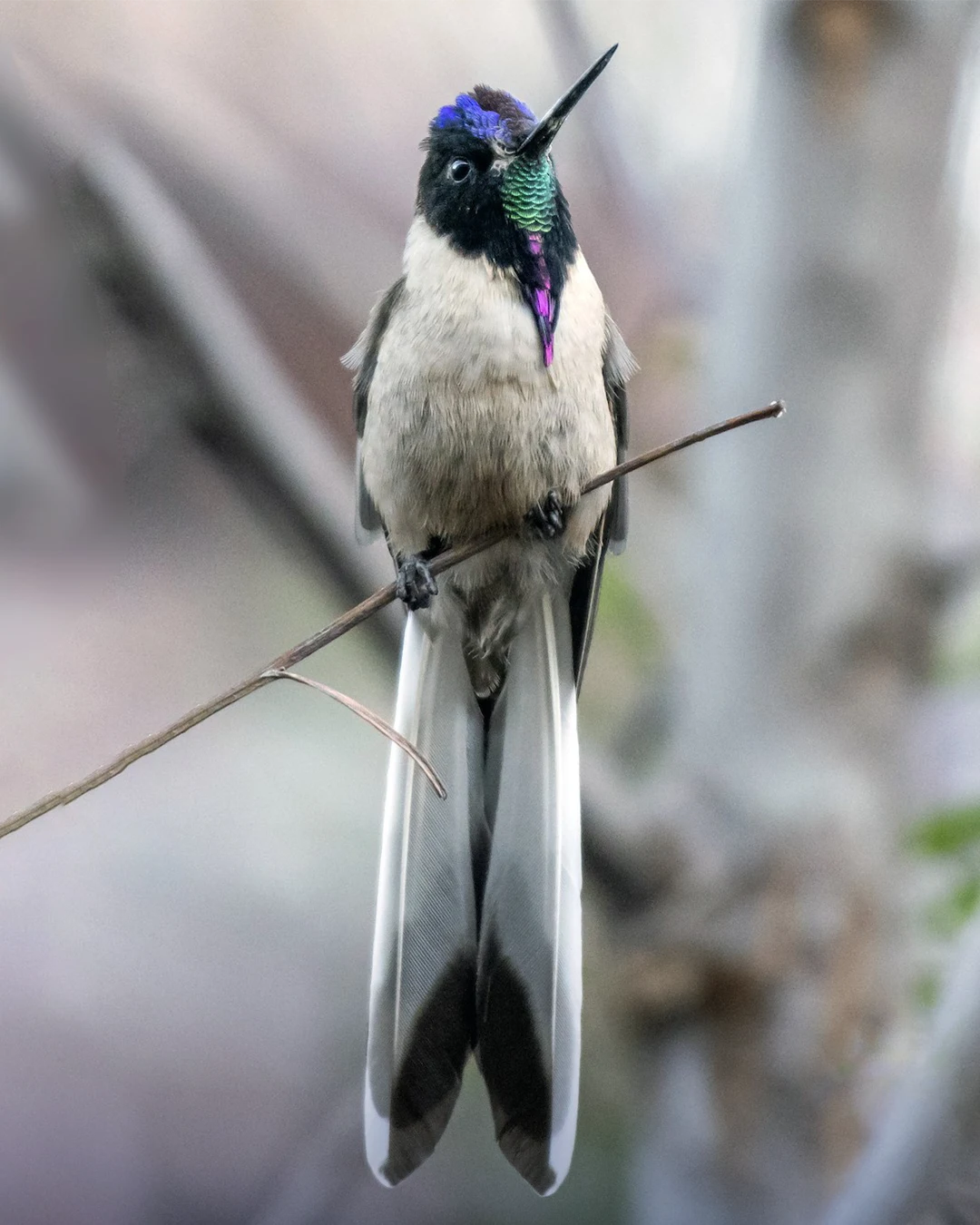
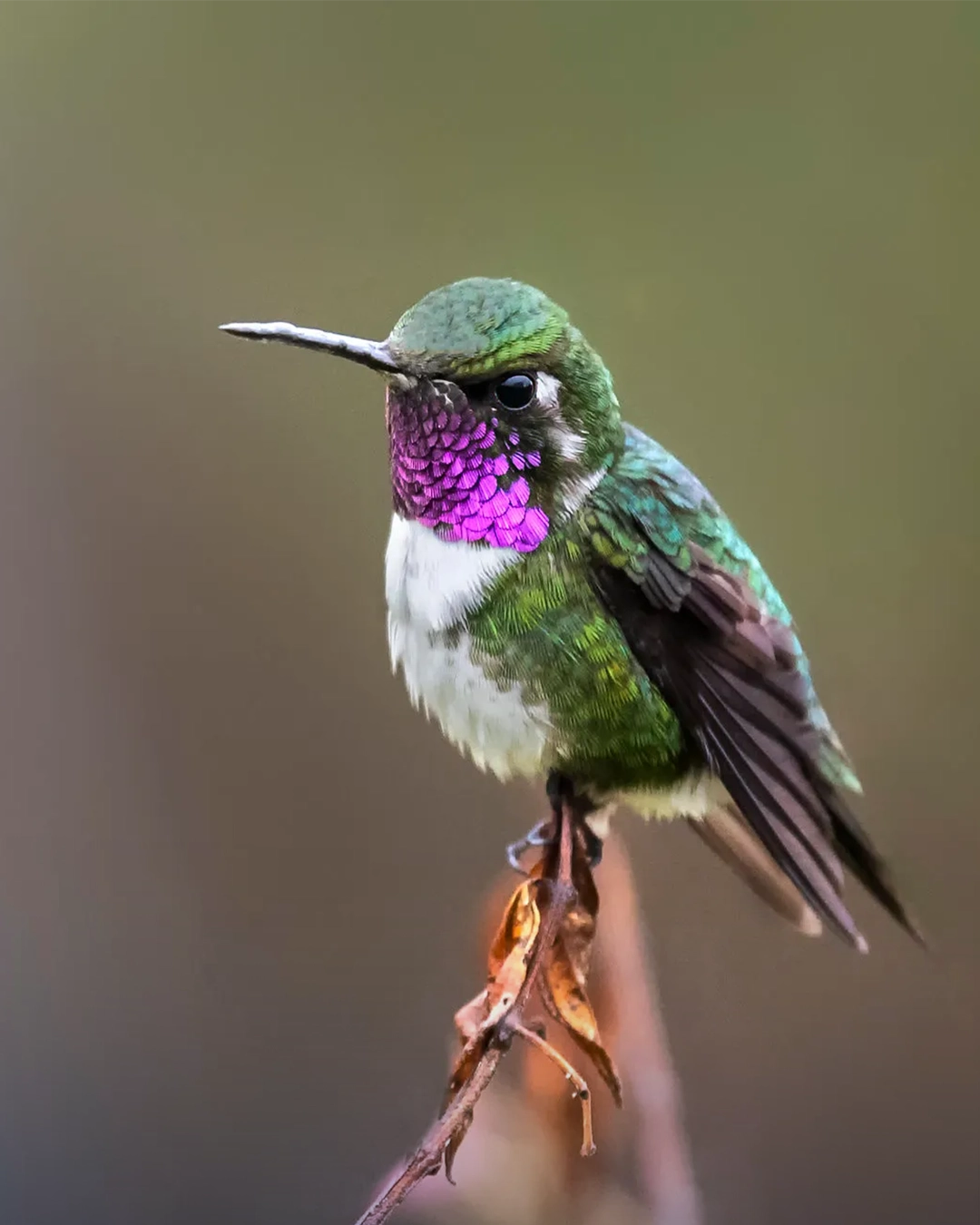
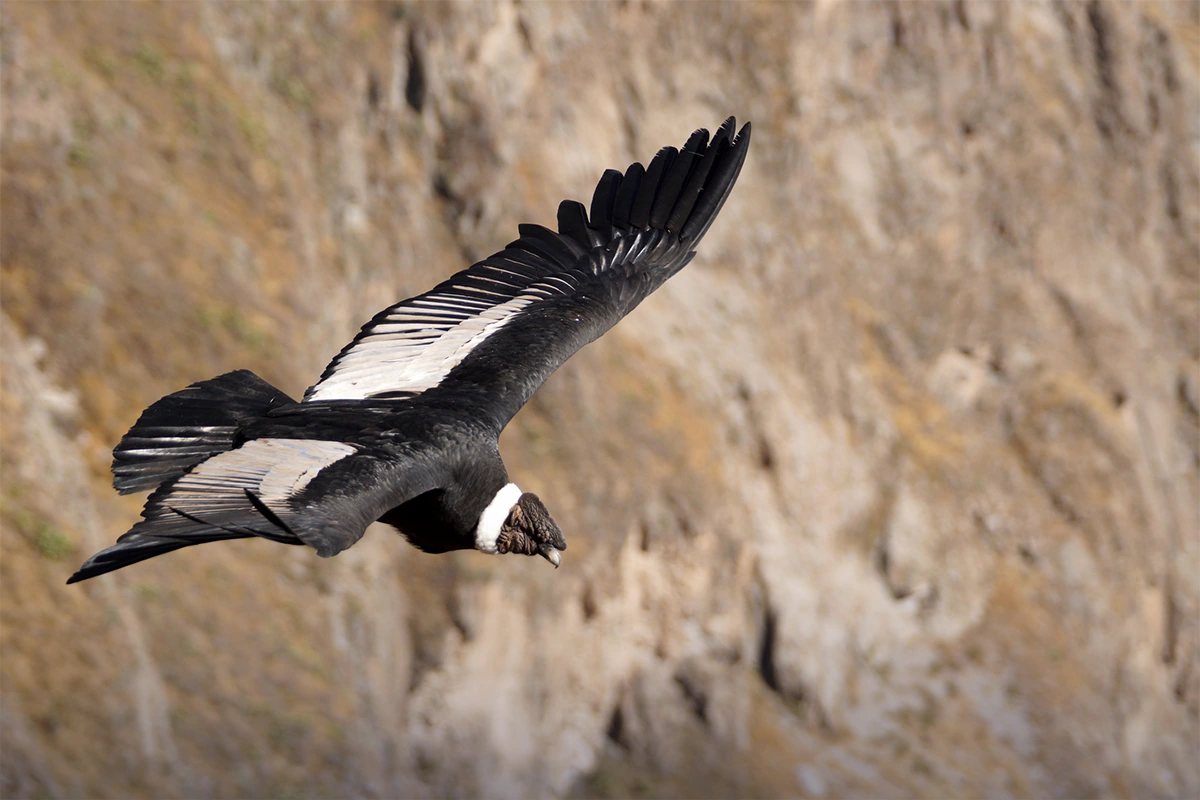
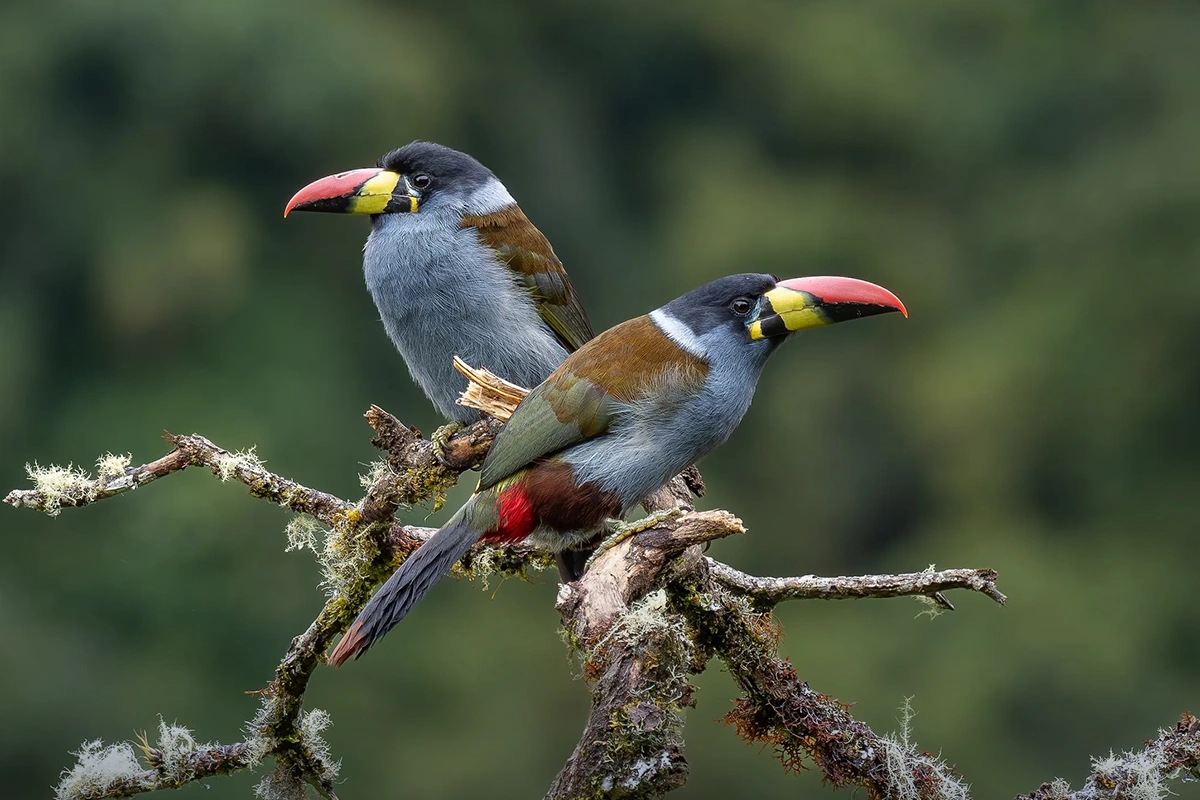
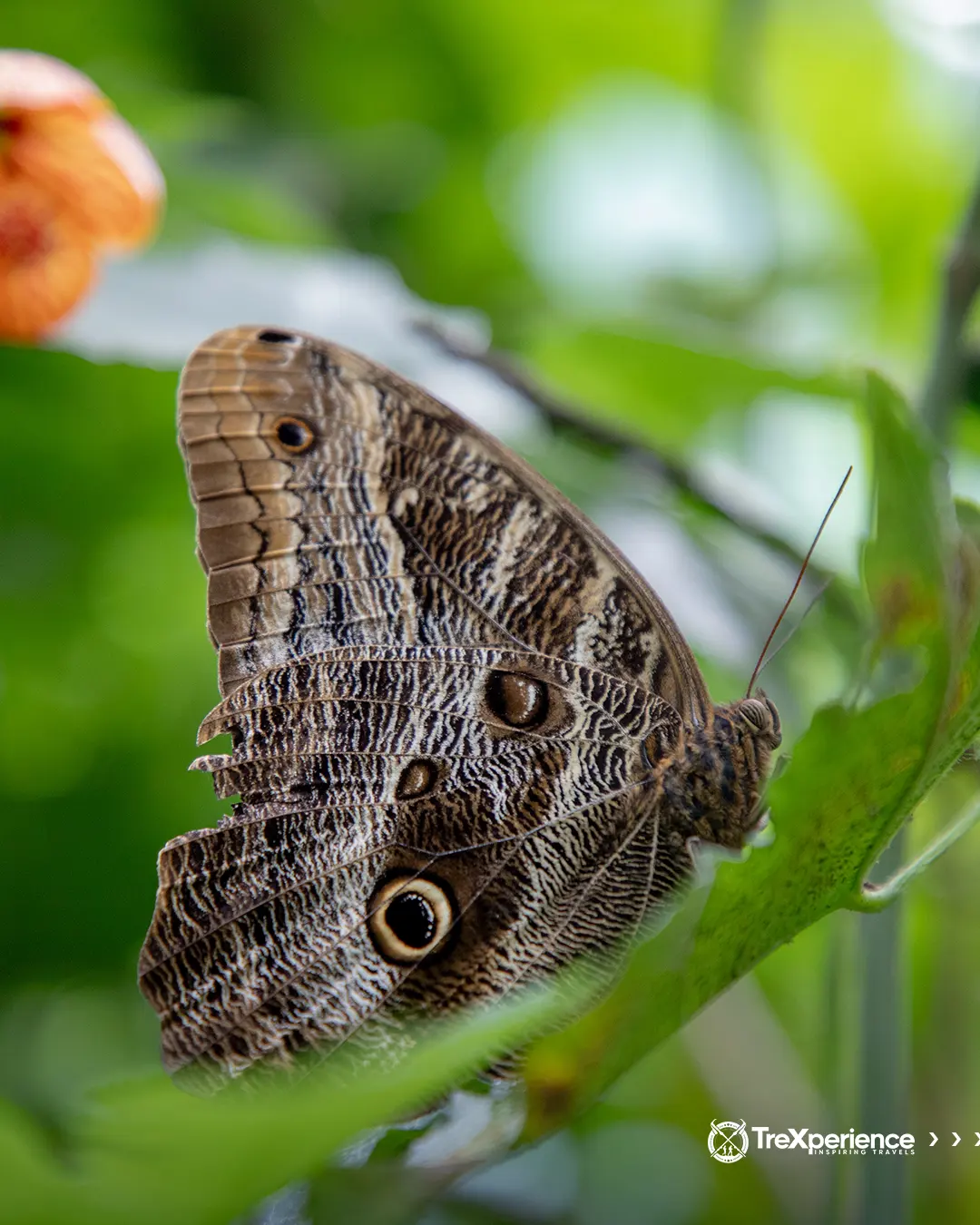
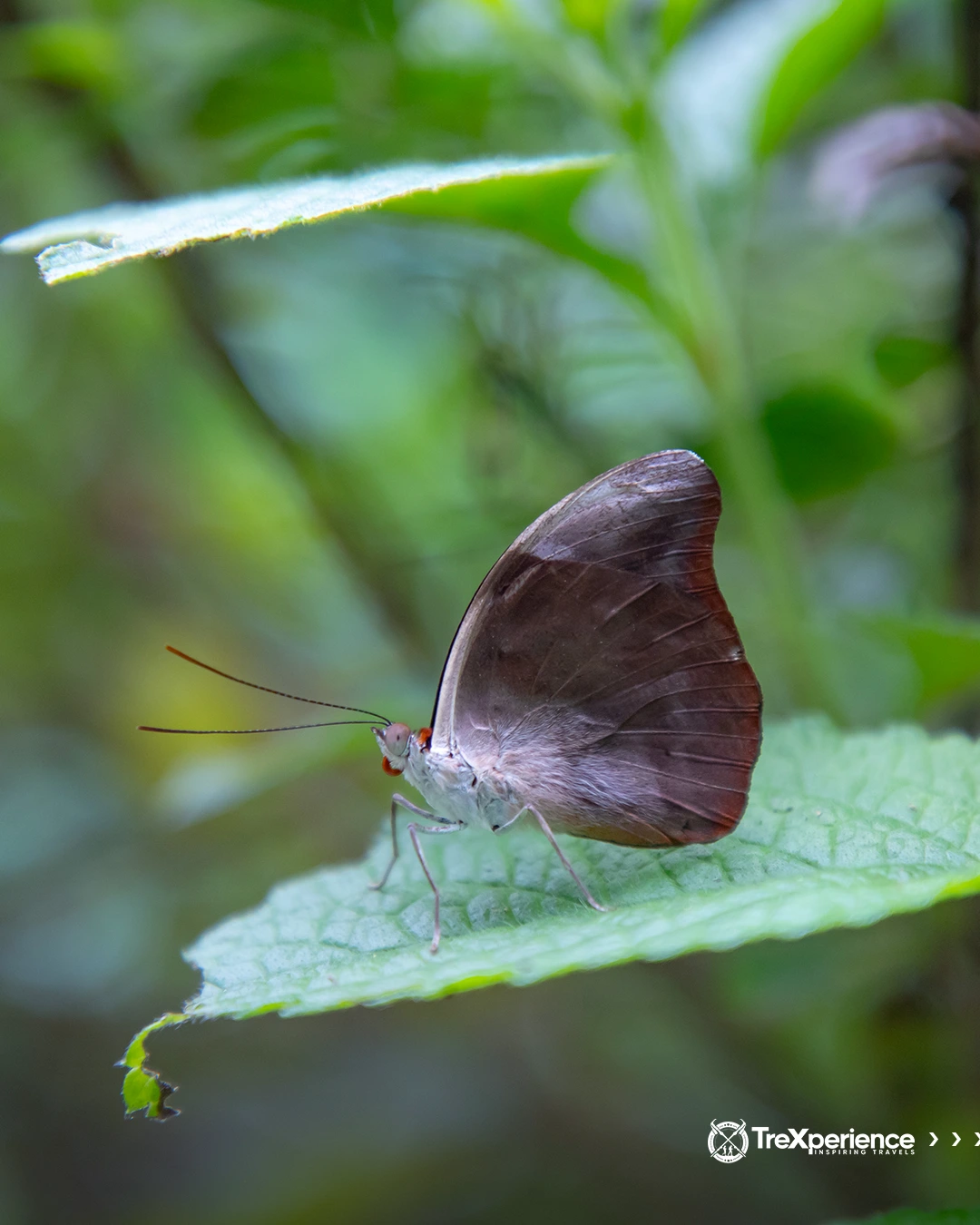
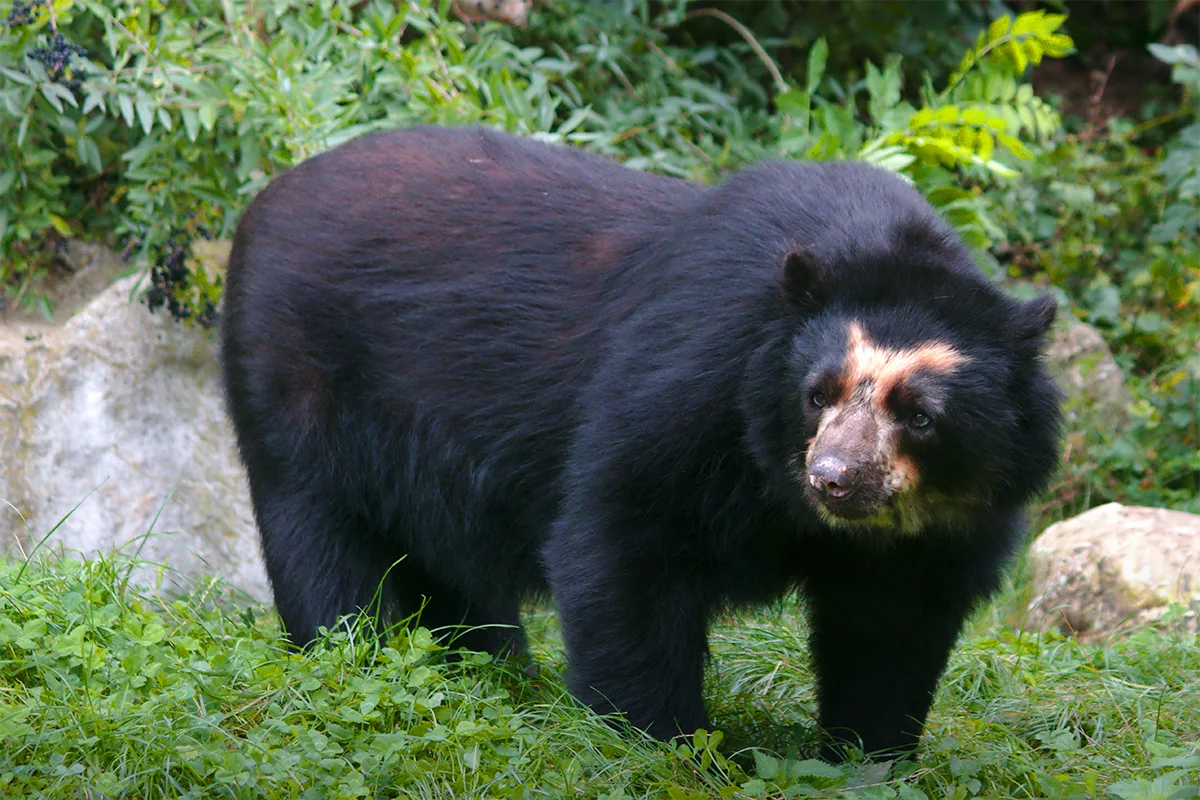
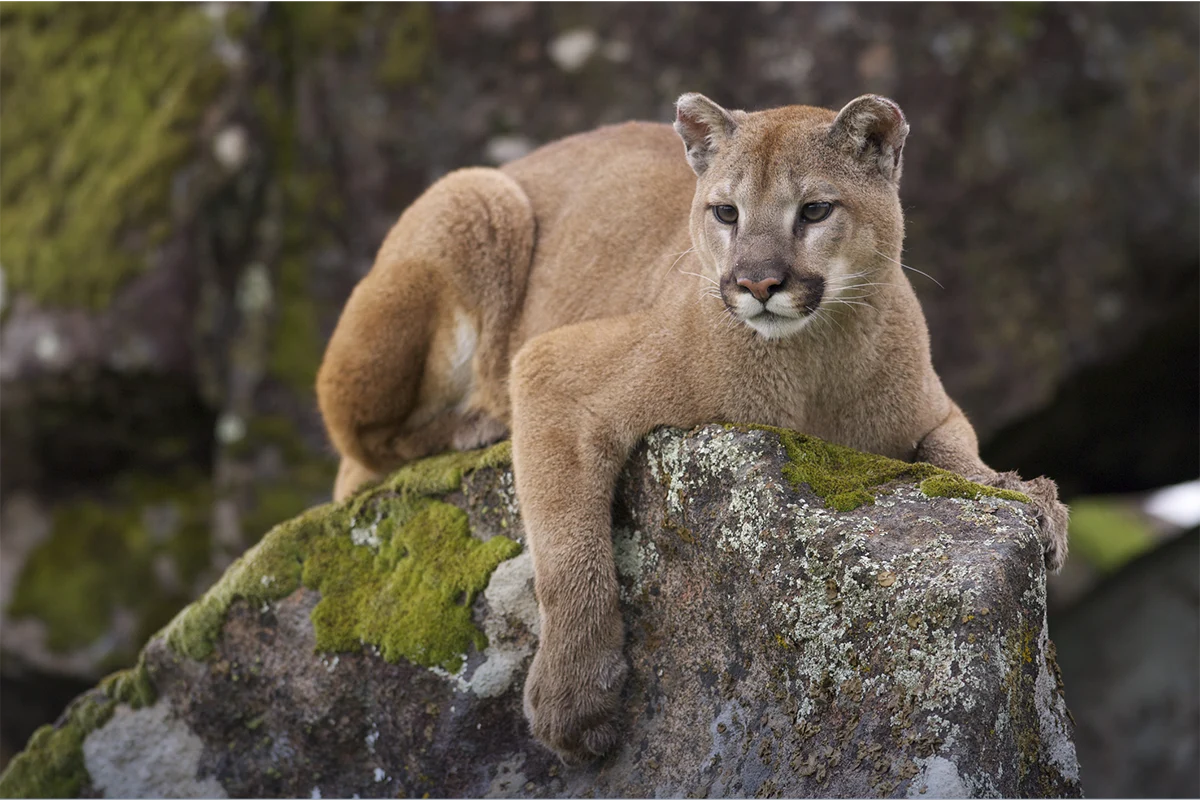
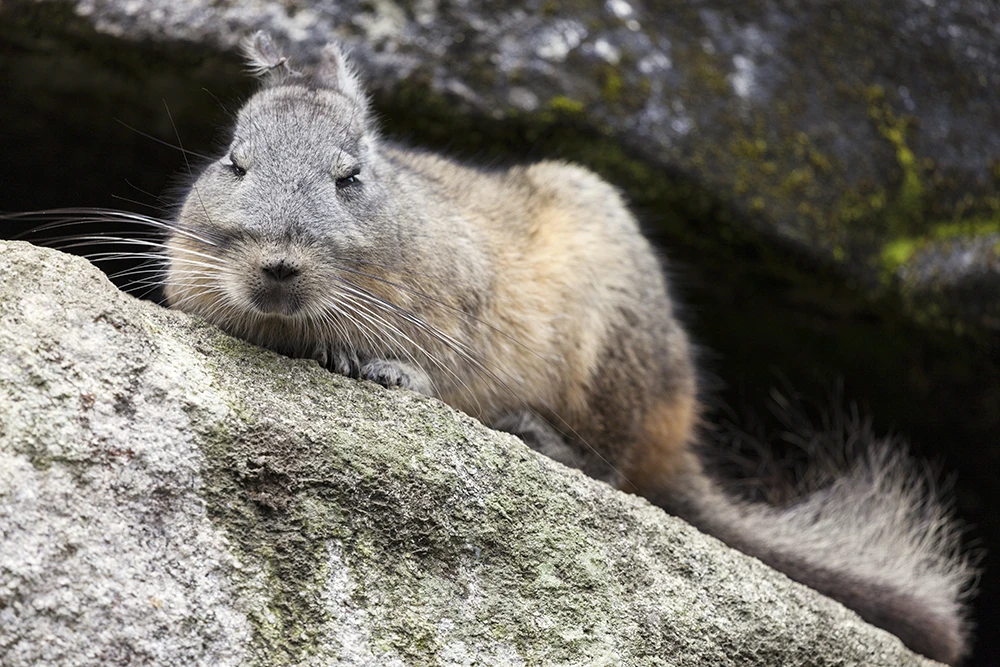
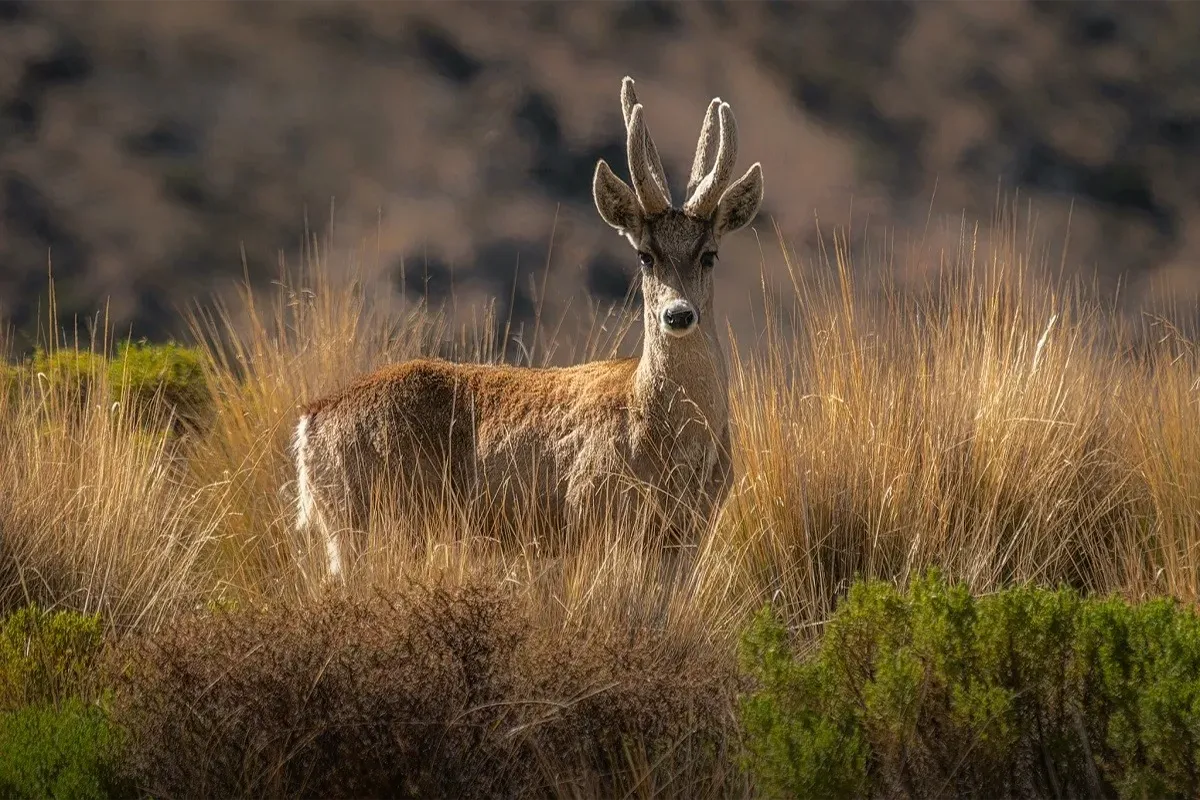
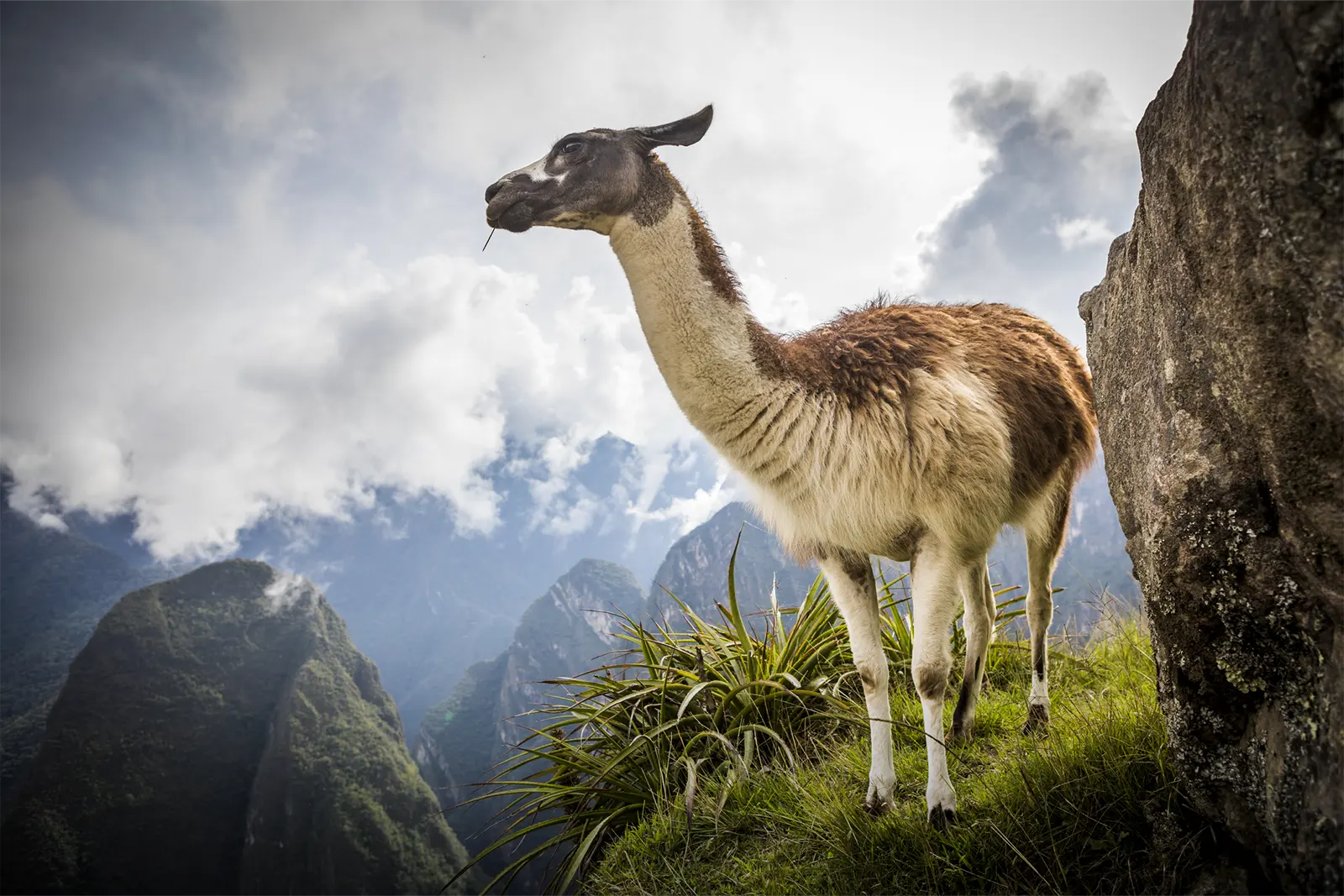
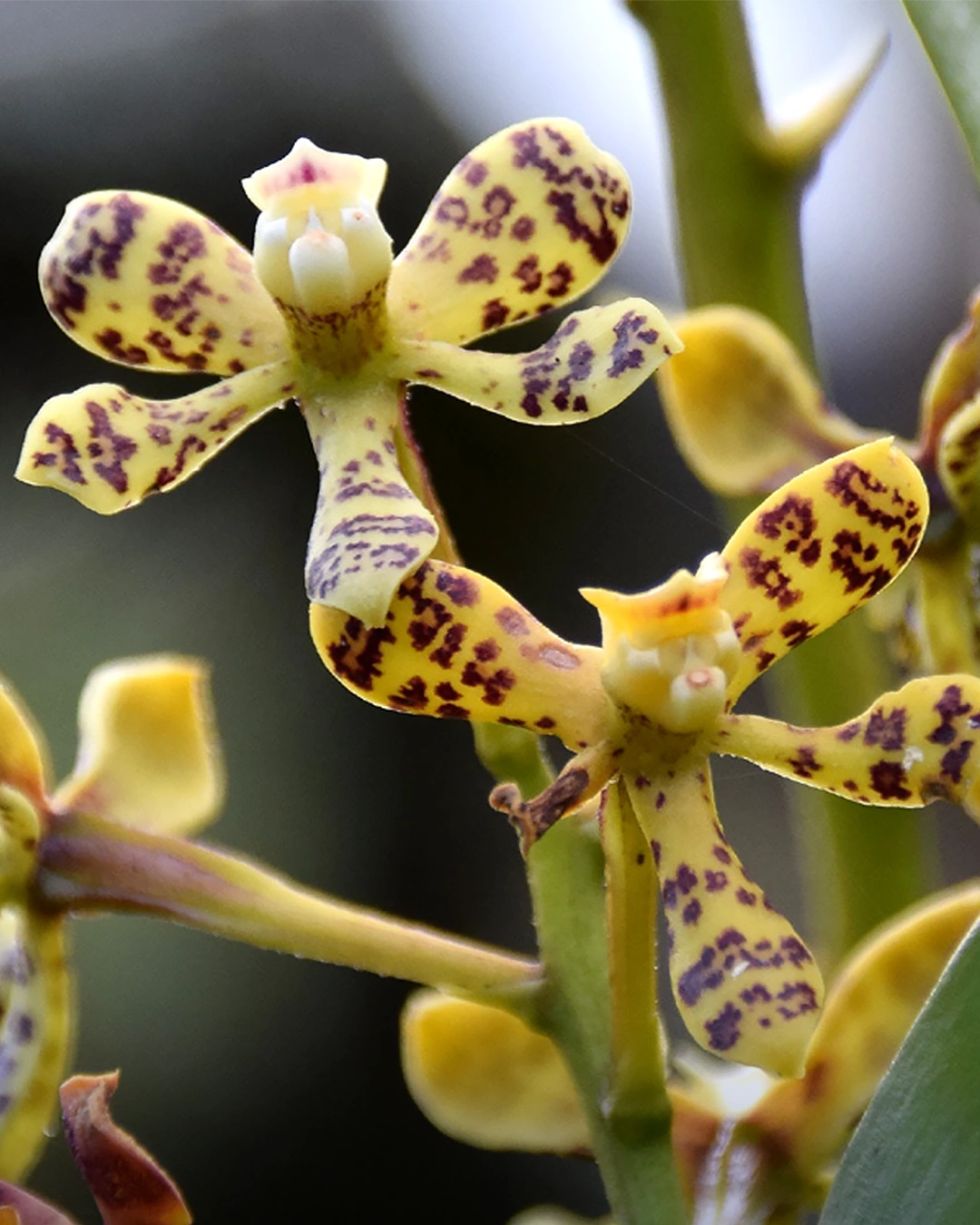
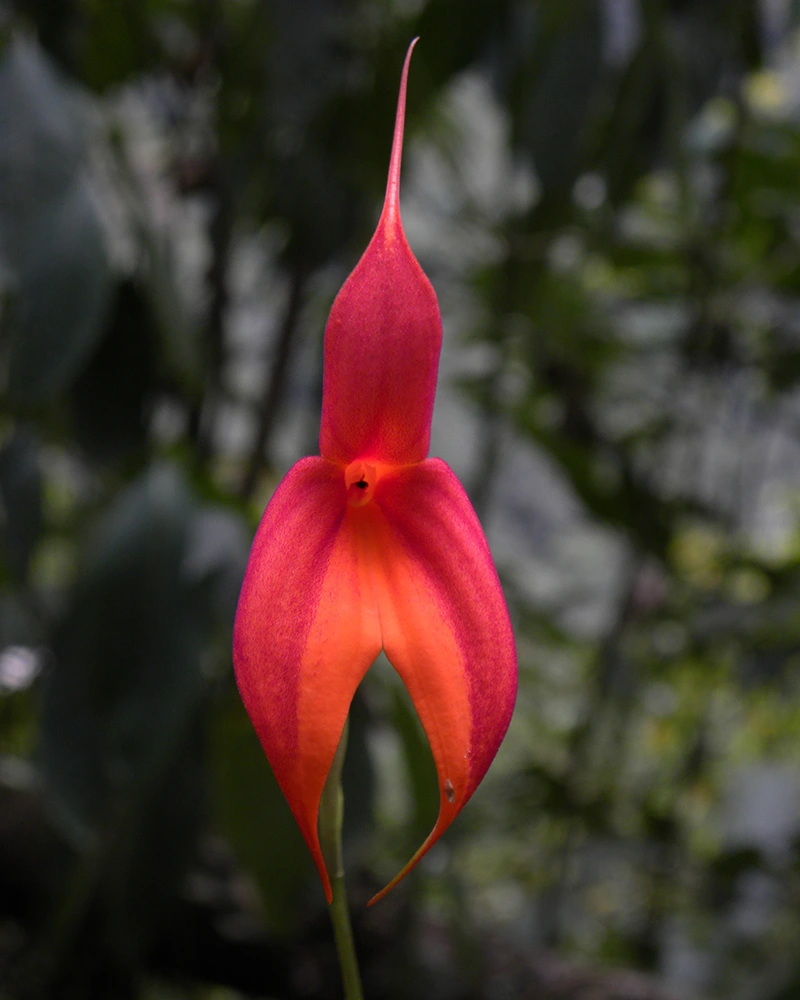
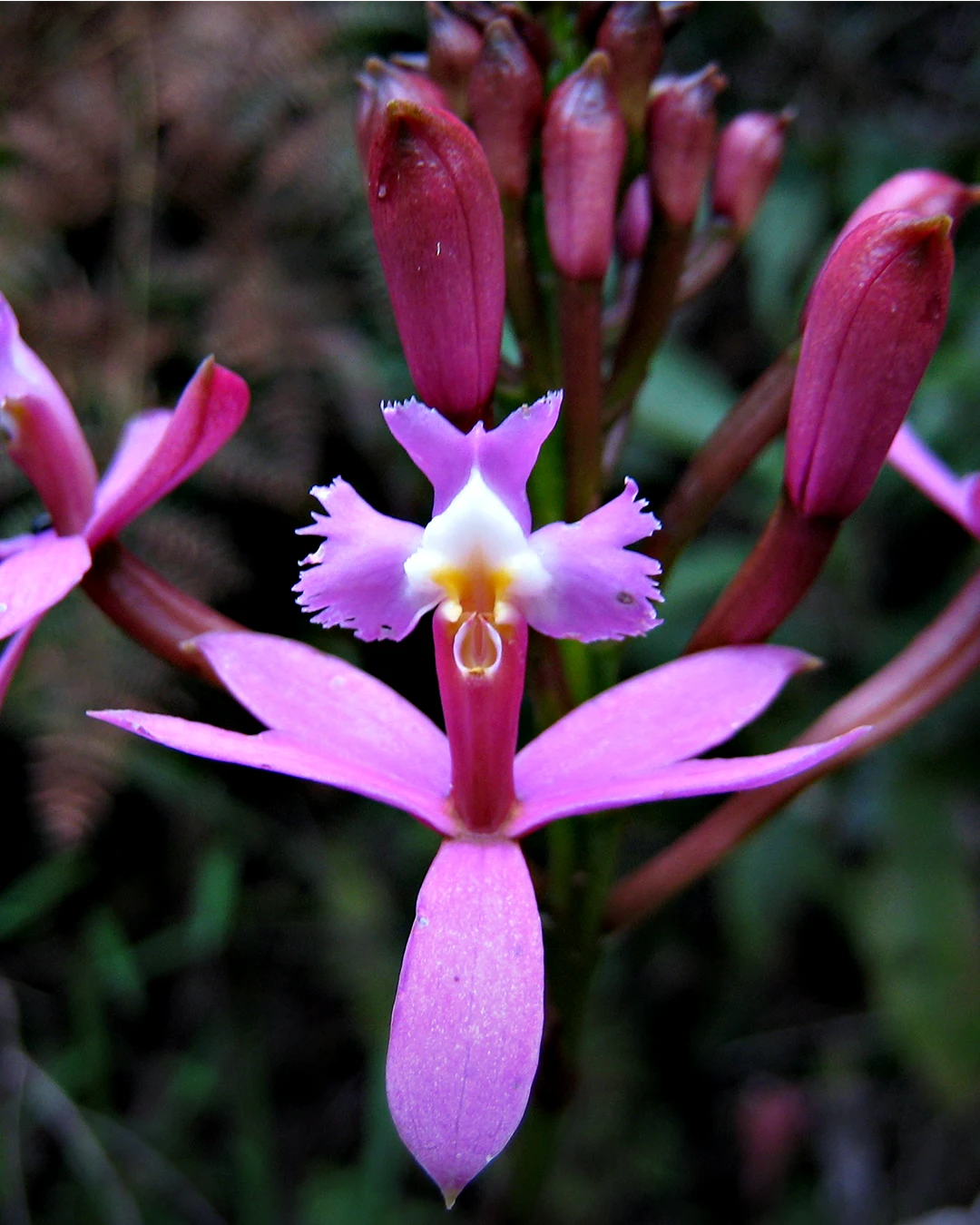
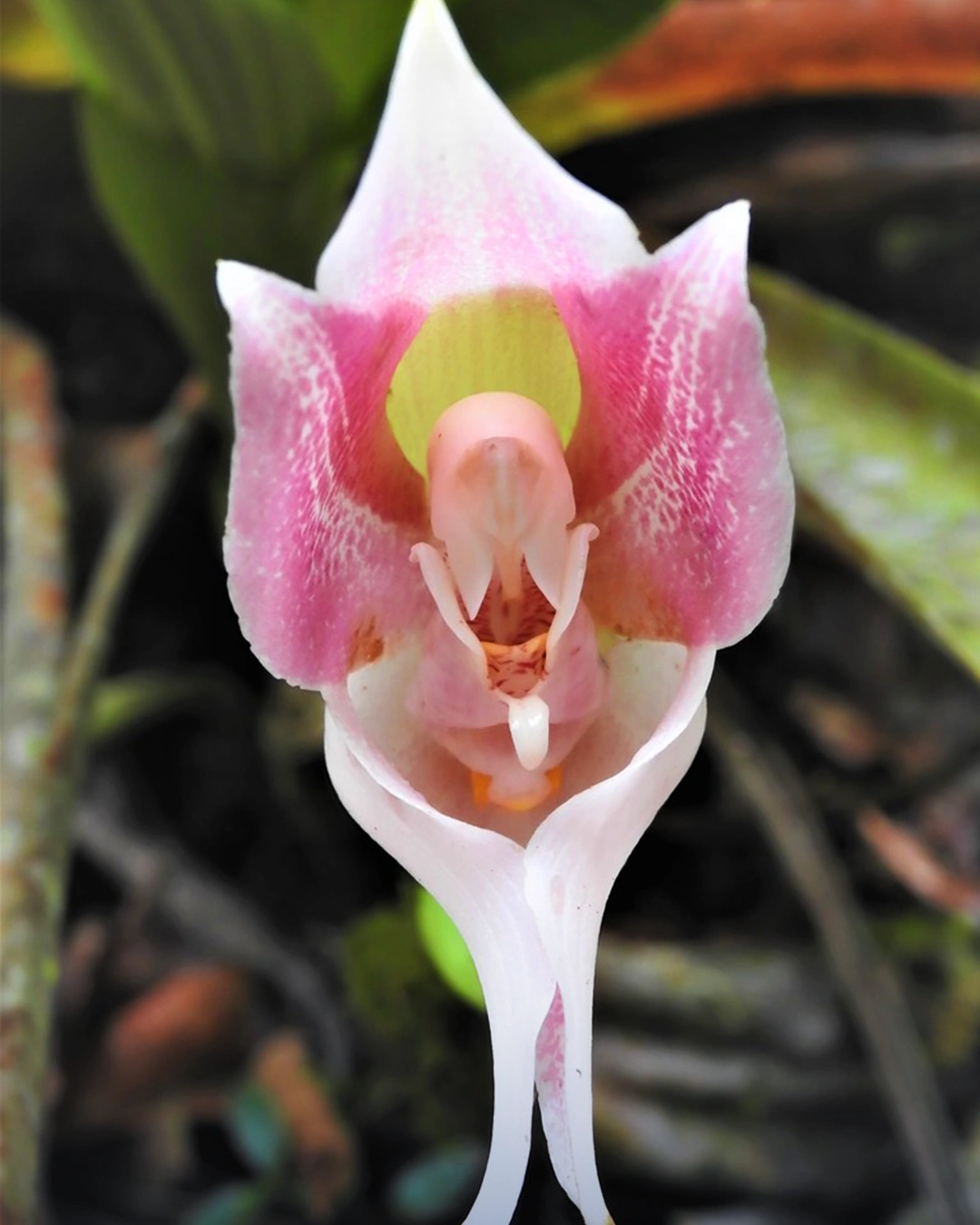
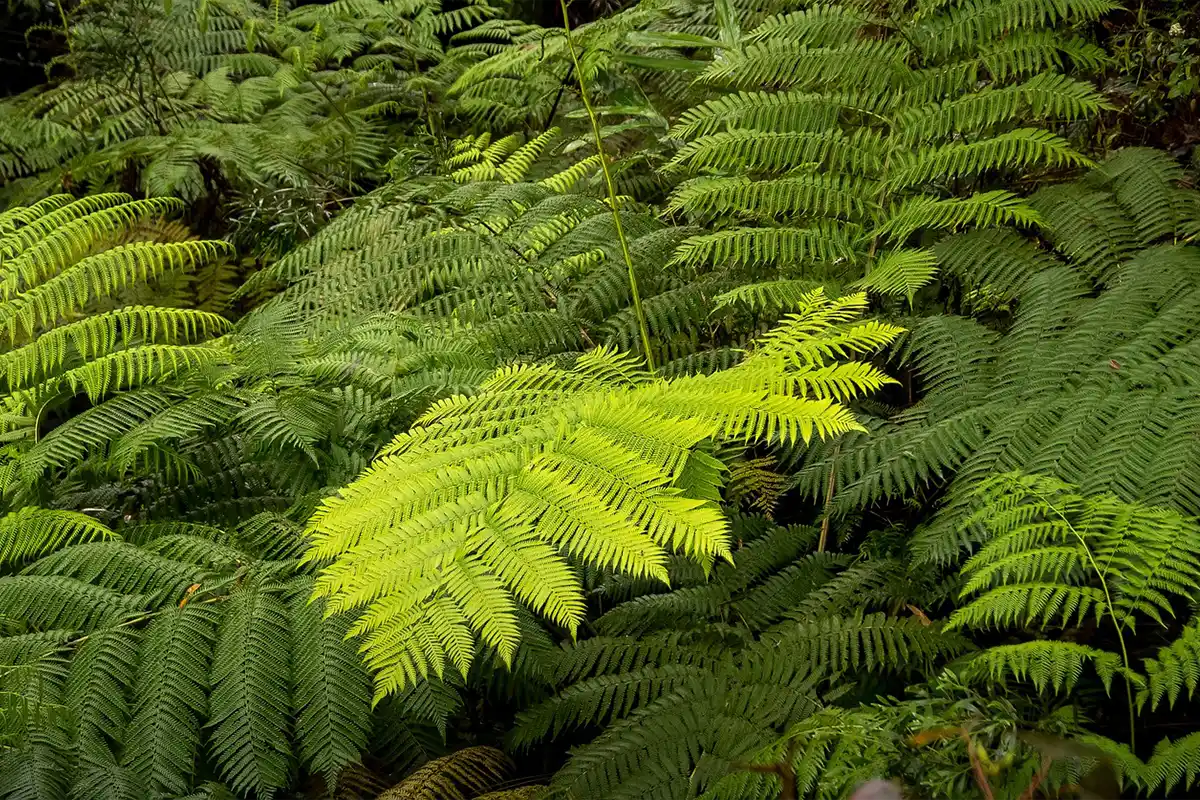
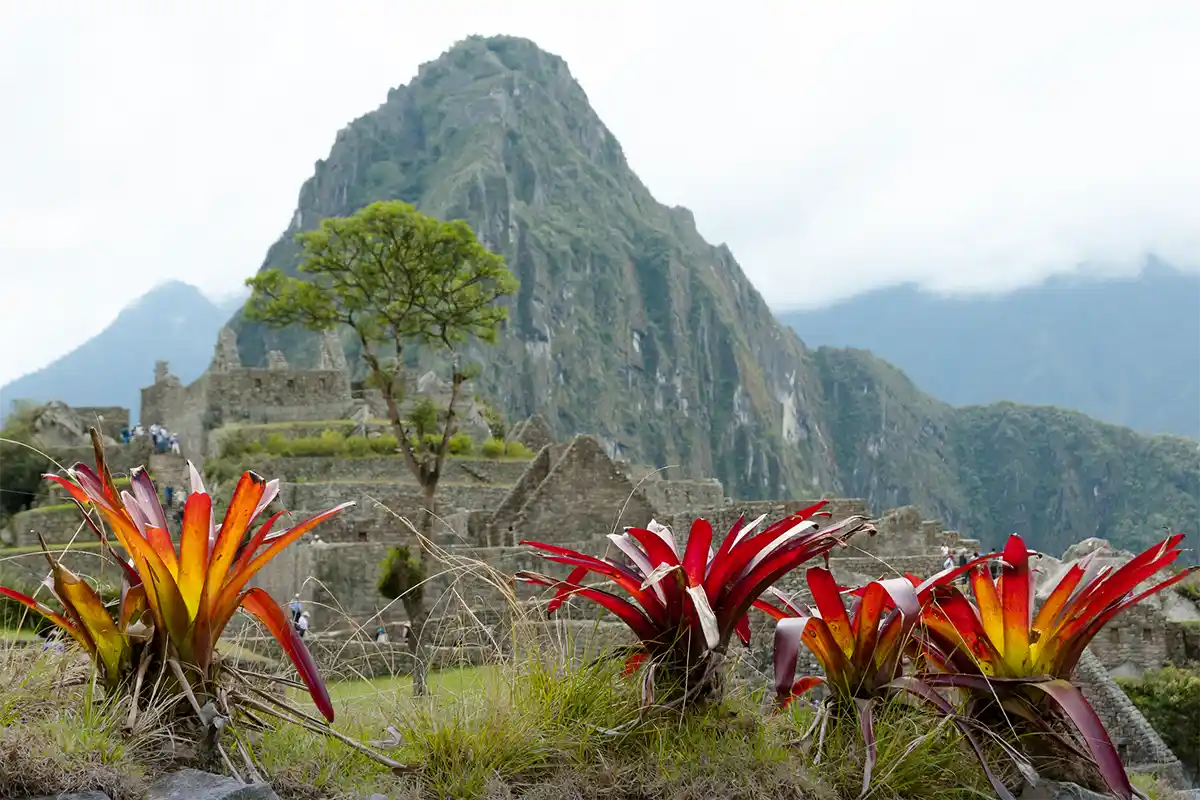
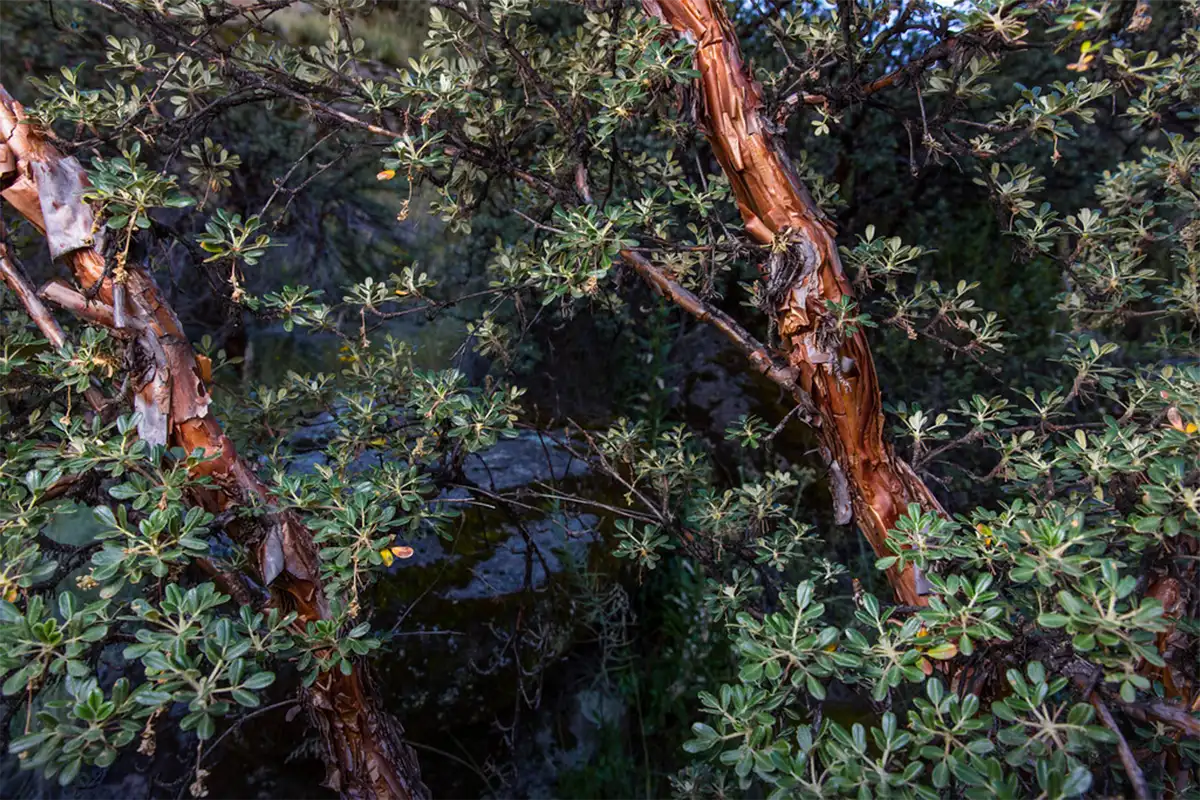
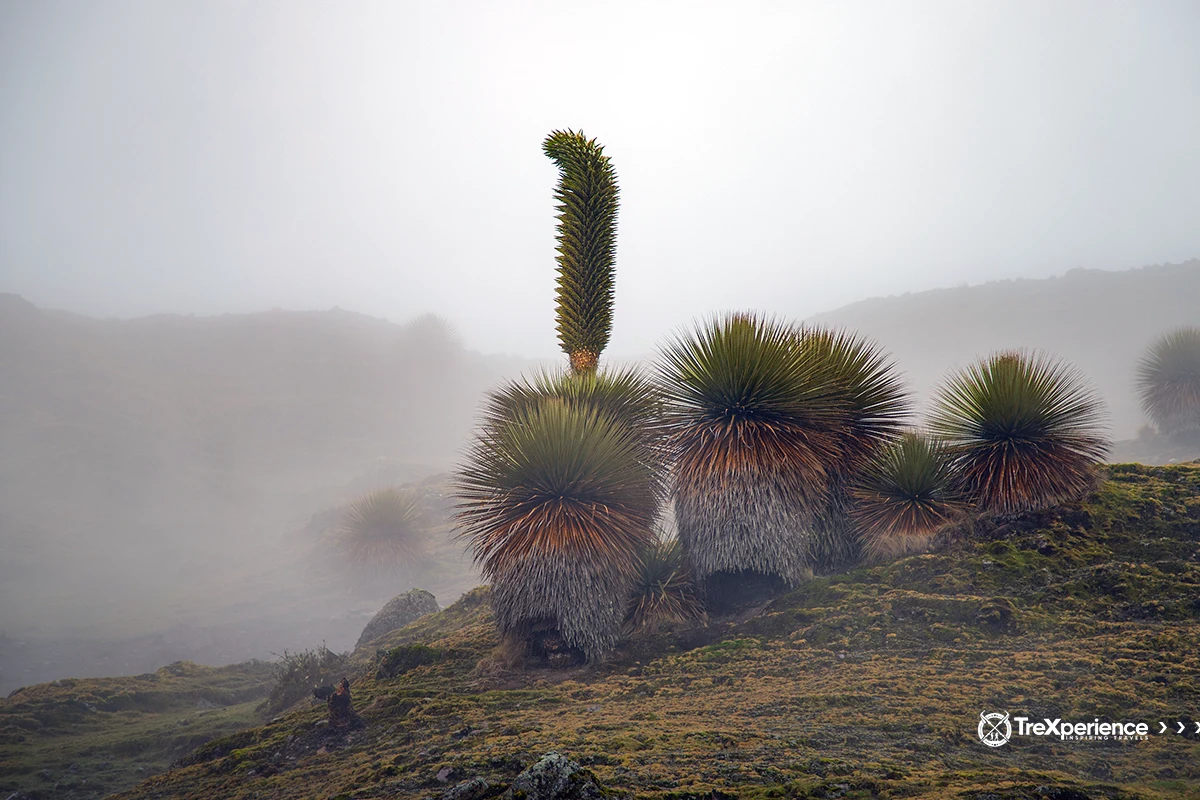
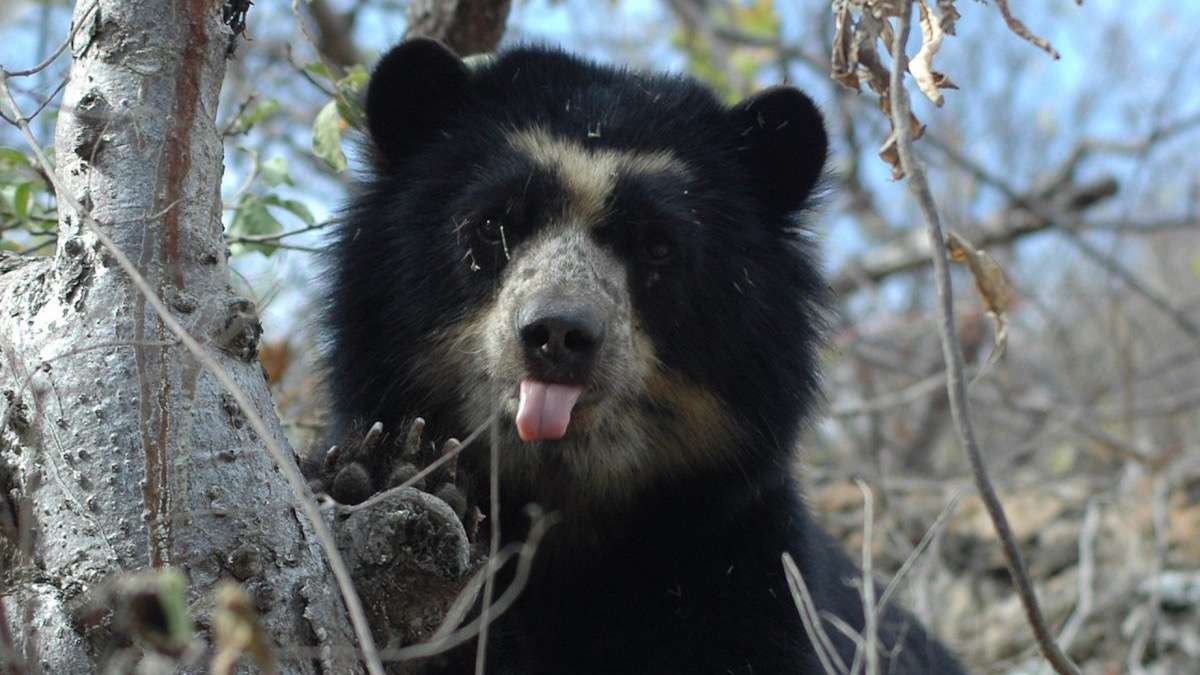
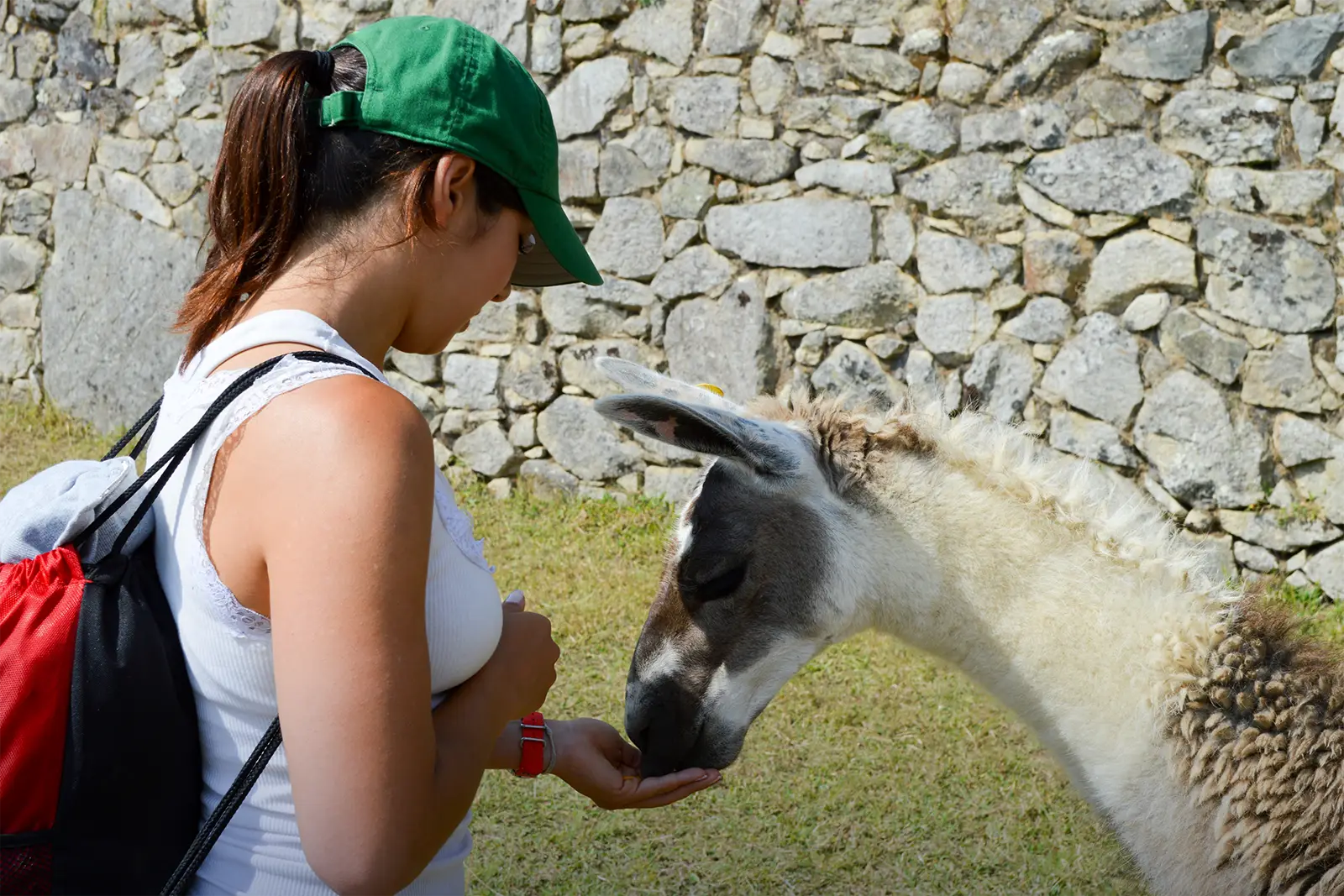
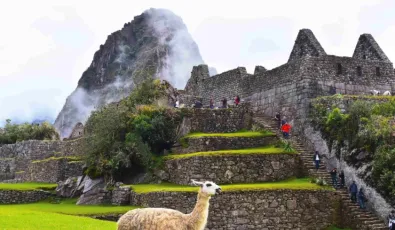
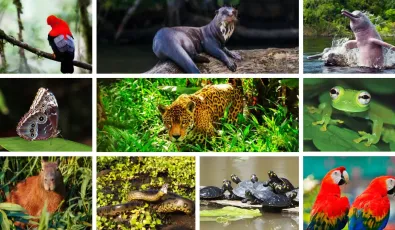

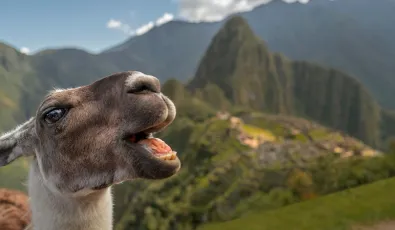
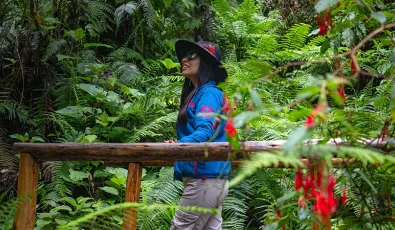

Add new comment